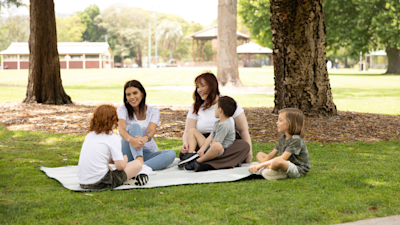When natural disasters happen, such as the recent tragic bushfires across a large part of our country, children are often exposed to constant media coverage.

While it is important for children to have a sense of the world, the news cycle is intense and often focuses on the most frightening aspects of a disaster. This can create significant worry and anxiety in kids, making them feel unsafe and that something bad may happen to them and the people important to them.
4 easy things you can do to help children cope with media coverage:
Restrict the amount of time they can watch TV or internet coverage of the disaster. And where possible, be there when they do so you can talk to them about their fears and answer any questions that they may have.
Help them understand what has happened, why it has happened and explain how likely/unlikely this is for it to happen to them and the people important to them.
Remind children that while the disaster is upsetting, there are also lots of good things happening in the world, though these do not always receive the same level of media coverage.
Reassure children that they are safe and make sure that you continue to follow the normal routines and rhythms of your daily life.

Remember, if children start to show signs of excessive worry or distress over media coverage they have seen, to speak to your GP or other allied health professionals for extra support.
Find out more
For more information about coping in the event of a disaster visit the Trauma and Grief Network website. Headspace, Australia’s National Youth Mental Health Foundation, also offers advice for young people online or at your nearest Headspace centre. You can also learn more about helping children cope with a disaster in our Carer Guide. Sourced from the Australian National University’s Australian Child and Adolescent Trauma Loss and Grief Network, funded by the Australian Government.


